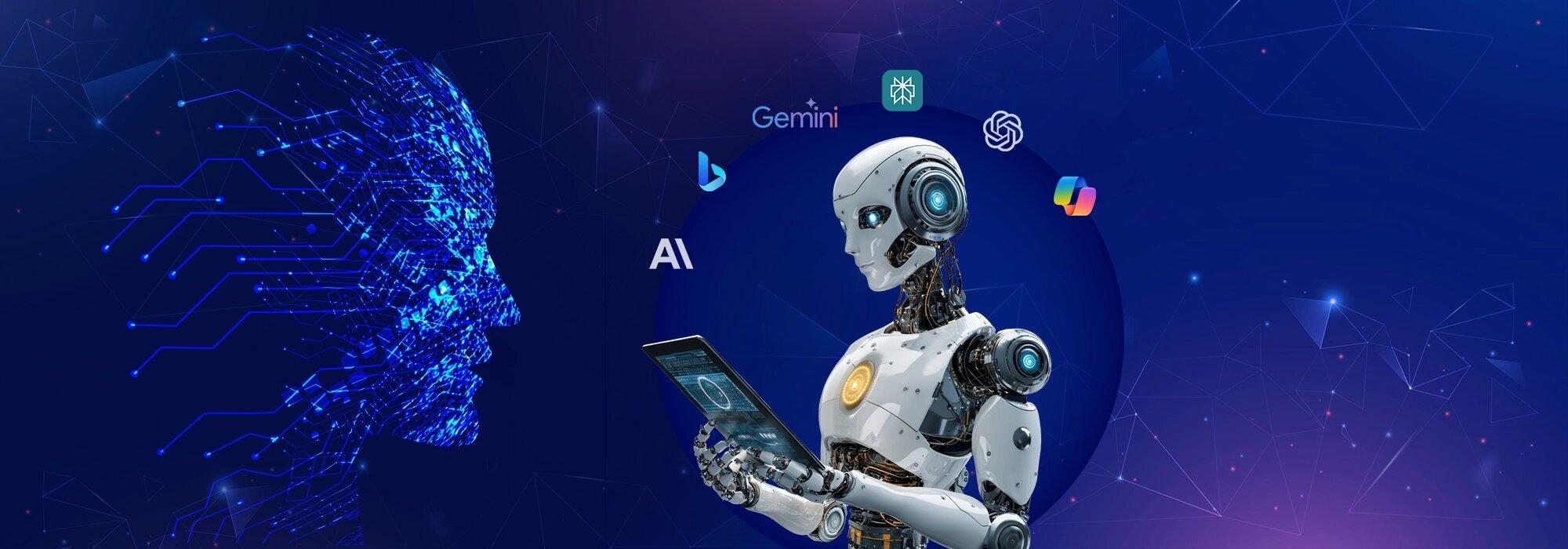E-commerce platforms today compete in a saturated digital marketplace where visibility directly influences conversions. Traditional SEO, while still valuable, is no longer enough to meet the demands of AI-driven search behavior, conversational commerce, and voice-enabled shopping. Enter generative engine optimization services—a transformative approach for optimizing product listings, landing pages, and content for modern search experiences.
1. Understanding the Shift: From Traditional SEO to GEO
Search algorithms in 2025 are powered by generative AI, requiring semantic relevance and contextual intent understanding.
Static keyword stuffing no longer influences rankings; instead, dynamic, user-intent-driven content determines visibility.
Generative Engine Optimization (GEO) is designed to align with these changes, delivering AI-structured content that adapts to evolving queries.
2. Why GEO Is Essential for E-Commerce Platforms
Online retailers rely on visibility to drive traffic, but search engines now prioritize relevance, structure, and engagement.
GEO services utilize AI to enrich product metadata, create contextual narratives, and connect intent to solutions seamlessly.
This results in higher click-through rates (CTR), reduced bounce rates, and better placement in search engine result pages (SERPs).
3. Product Discoverability in the Age of AI
Consumers no longer search in keywords but use complete questions, voice prompts, or even visual search inputs.
Generative algorithms parse buyer intent, evaluate content depth, and promote listings that offer contextual clarity.
Generative engine optimization services generate content that aligns precisely with this intent-based paradigm.
4. Key Technical Components of GEO for E-Commerce
GEO applies AI to re-engineer product detail pages with enriched content, FAQs, and semantic metadata.
It uses Natural Language Generation (NLG) to build descriptive product narratives that match long-tail and intent-rich queries.
Structured data is embedded at scale to improve schema alignment, enabling better performance in featured snippets and rich results.
5. Enhanced Product Descriptions with AI Assistance
Generic product descriptions lack depth and fail to differentiate in search rankings.
GEO integrates machine-learned buyer behavior to produce detailed, attribute-focused product content.
This leads to improved dwell time, better product engagement, and increased trustworthiness in the eyes of AI algorithms.
6. Smart Content Clustering and Intent Matching
Search engines reward sites that provide topical depth and interrelated content ecosystems.
GEO maps product categories with content clusters—blogs, guides, FAQs—to build semantic authority.
This holistic content architecture increases internal linking and relevance across product families.
7. Multilingual and Multimodal Content Optimization
Global e-commerce requires localized and culturally relevant content that goes beyond simple translation.
GEO uses AI to generate content across multiple languages while preserving semantic intent and SEO value.
It also adapts for multimodal search (voice, image, text), aligning listings with various user access points.
8. Dynamic Meta Optimization at Scale
Manual optimization of metadata is inefficient and error-prone, especially for large catalogs.
GEO automates meta title and description generation using buyer-focused, high-performing AI models.
The result is more appealing search snippets that increase CTR across all platforms and devices.
9. Real-Time Search Behavior Adaptation
Generative SEO models respond in real-time to search trend shifts, consumer patterns, and seasonal demand.
GEO allows product listings to evolve dynamically with trending topics, user feedback, and AI-driven suggestions.
This keeps listings perpetually optimized without manual intervention, supporting scalability.
10. Visual Search Optimization Through AI Tagging
With platforms like Google Lens and Pinterest Lens gaining traction, visual discovery is critical.
GEO enables AI-driven image tagging, alt text generation, and schema injection for enhanced visibility.
Visual elements are then indexed and ranked alongside textual data, capturing new entry points into the product funnel.
11. Voice Search Compatibility for Product Listings
Smart assistants have changed the way users discover and purchase products online.
GEO restructures product content to be voice-friendly, integrating natural-sounding responses and conversational syntax.
This increases product discovery through Alexa, Siri, and Google Assistant interactions.
12. Conversion-Centric GEO Strategies for E-Commerce
Beyond visibility, GEO supports CRO (Conversion Rate Optimization) by crafting intent-driven calls-to-action.
Product copy is framed to match user pain points, improve trust signals, and direct users toward checkout flows.
AI models analyze bounce and cart abandonment data to iterate copywriting and messaging strategies continuously.
13. Data-Driven Content Insights with GEO Analytics
GEO platforms offer robust analytics that tracks engagement metrics across every optimized element.
These insights inform performance-based tweaks in headlines, descriptions, structured data, and content blocks.
This continuous loop ensures product pages evolve alongside shifting consumer expectations and AI updates.
14. Competitive Edge Through Intelligent Optimization
Competitor analysis is integrated into GEO tools to benchmark content quality, structure, and engagement.
E-commerce platforms leveraging GEO can reverse-engineer winning strategies from industry leaders using AI.
This keeps your digital storefront agile and competitive without the need for exhaustive manual research.
15. Integrating GEO with Existing E-Commerce Platforms
GEO solutions are compatible with Shopify, Magento, WooCommerce, and headless CMS environments.
AI integrations are API-first, allowing seamless implementation across product feeds, landing pages, and ad channels.
Scalable optimization workflows ensure consistent performance without disrupting the existing tech stack.
Conclusion
E-commerce success in 2025 depends on visibility across AI-powered search environments. Static SEO methods cannot meet the needs of dynamic, intent-driven discovery models. Generative engine optimization services offer the technology and intelligence required to position product listings for maximum reach, engagement, and conversion.
